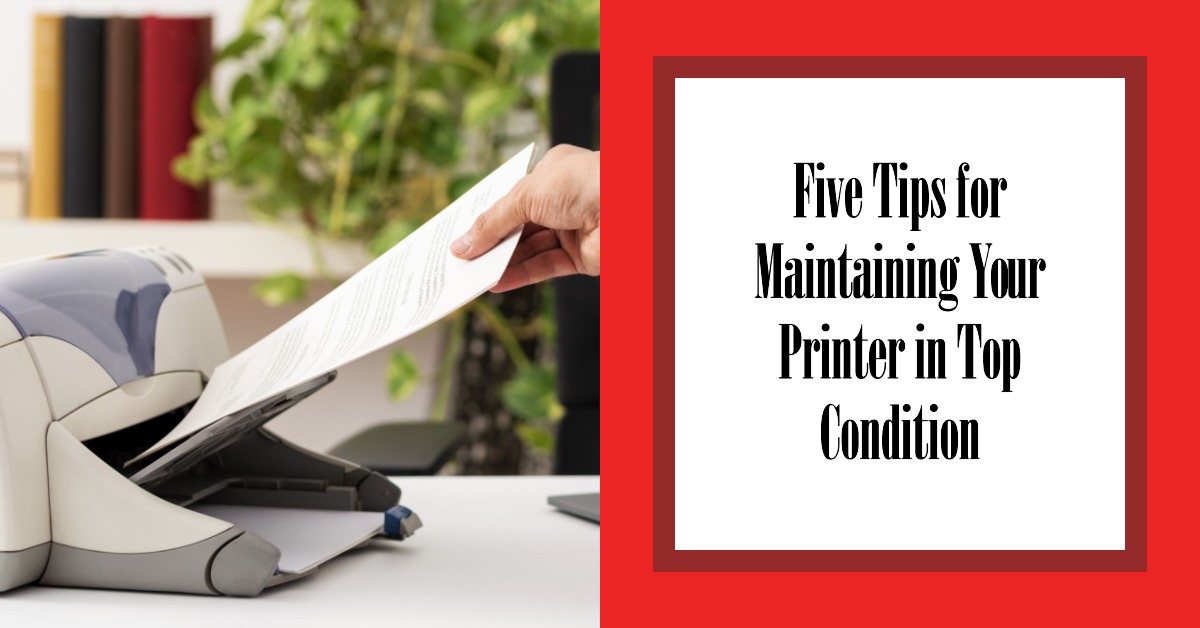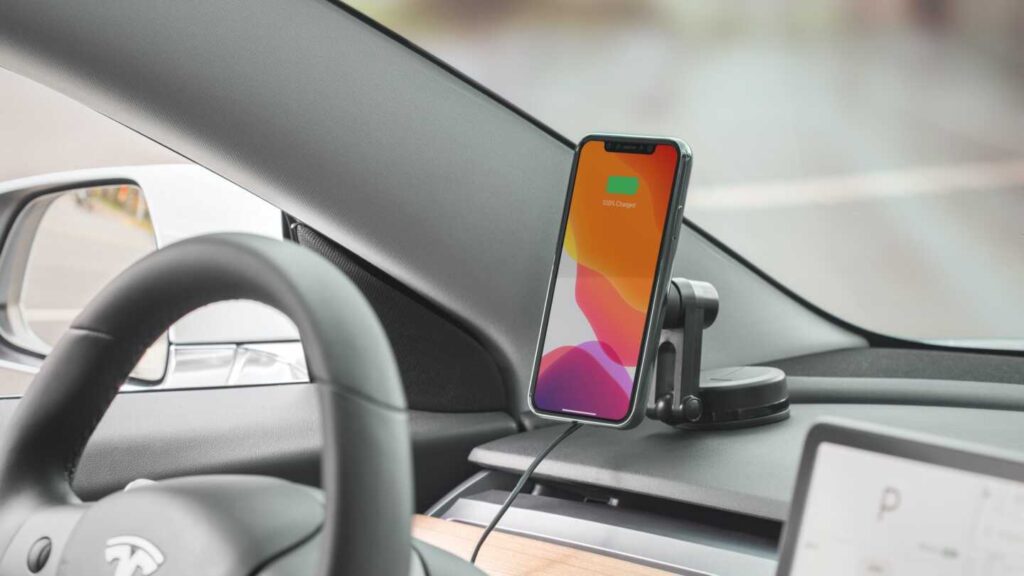In today’s digital age, it’s not uncommon to find a multitude of devices connected to a home’s WiFi network. From smartphones and tablets to gaming consoles and smart appliances, the number of gadgets relying on internet connectivity has skyrocketed. But with this surge comes a burning question: Does having more devices necessitate a more powerful WiFi router? It’s a common assumption that the more gadgets you have, the beefier your router needs to be. However, the reality isn’t as straightforward. While it’s true that numerous devices can strain your network, it doesn’t necessarily mean you’ve got to rush out and splurge on the most potent router money can buy. The situation’s more nuanced than that. This article aims to unravel the complexities surrounding this topic, helping you make an informed decision about your home’s internet infrastructure.
Understanding WiFi Capacity
To truly grasp WiFi capacity, it’s crucial to understand that, yes, the more devices you’ve got, the more power you’ll need from your router. WiFi capacity essentially refers to how much data your router can handle at any given time. When multiple devices are connected, they all share the same WiFi network, which can slow down the internet speed if the router lacks the necessary power. Think of it as a highway; the more cars (devices) present, the higher the chance for traffic congestion (slower speeds). The router’s power not only relates to the speed at which it can process data but also determines the number of devices it can support simultaneously without compromising its service. Thus, a more robust router is needed for more devices.
The Impact of Multiple Gadgets on Internet Speed
Got a house full of gadgets eating up your internet speed? The number of devices connected to your WiFi router can significantly affect your internet speed and overall browsing experience. Each device connected to your WiFi consumes a portion of your bandwidth. This means that the more gadgets you have connected, the more your internet speed can potentially drop.
For example, smartphones, laptops, smart TVs, and gaming consoles all require different amounts of bandwidth. If multiple devices are connected and running high-bandwidth activities such as streaming videos or playing online games simultaneously, your internet speed can slow down significantly. Therefore, if you have many devices in your household, consider investing in a more powerful WiFi router to handle the increased demand and maintain good internet speed.
Potential Bottlenecks in Home Networks
Even with a top-notch internet plan, you’ll likely experience some slowdowns if your home network has potential bottlenecks. A bottleneck, in this context, refers to a point in your network where data flow is restricted or slowed down. This can occur due to multiple devices connected to the same Wi-Fi router, which can overwhelm its capacity.
Furthermore, the router’s location can also impact its effectiveness. If it is tucked away in a corner, the signal may not reach all devices equally, creating another potential bottleneck. Old or outdated routers can also struggle to handle the demands of modern, high-speed internet and multiple connected devices. Therefore, to ensure a smooth, fast internet experience, identifying and addressing these potential bottlenecks is crucial.
Evaluating Your Current Internet Infrastructure
So, you’re wondering if your current internet setup is up to snuff? Evaluating your internet infrastructure is a crucial step in determining if you need a more powerful router. Begin by assessing your current bandwidth. Is your internet speed sufficient? If you’re experiencing buffering while streaming or slow downloads, it may be due to a lack of bandwidth. Secondly, consider the number of devices connected to your network. Numerous devices can strain your internet connection, potentially requiring a more powerful router. Also, consider the layout of your home. A larger area or multiple floors may necessitate a stronger router or additional extenders for optimal coverage. Lastly, if you frequently experience dropped connections or slow speeds during peak times, upgrading your router may be beneficial.
Investing in a Robust Router: Pros and Cons
Considering a robust router upgrade like Asus RT-AC68U can help improve your internet experience, but it’s important to weigh the pros and cons before making a decision. On the one hand, a more powerful router can handle more devices simultaneously. This can be beneficial in a household with multiple users or in a small business setting. Furthermore, advanced routers often offer features like superior range, faster speeds, and improved security.
On the downside, these high-end routers often come with a hefty price tag. Plus, they might require more technical knowledge to set up and manage. Lastly, a powerful router is not a universal solution; if your internet service itself is slow, even the best router cannot speed it up. Thus, it’s critical to assess your specific needs before investing.
Frequently Asked Questions
How does the physical layout of my home affect WiFi signal strength?
The physical layout of your home significantly impacts wifi signal strength. Walls, floors, and other obstacles can block signals. Also, distance from the router, and materials like metal or concrete can weaken the signal strength.
Can the type of device I’m using influence the speed of my WiFi?
Yes, the type of device you’re using can influence your WiFi speed. Older devices may not support the latest WiFi standards, impacting speed. Moreover, device’s distance from the router and its own internet capabilities also matter.
How can I secure my WiFi router against potential cyber threats?
Securing your wifi router against cyber threats involves several steps. These include changing the default admin credentials, enabling network encryption, turning off remote management, and regularly updating the router’s firmware to the latest version.
How does the weather or other external factors impact the WiFi signal?
Weather and external factors can impact WiFi signals. For instance, heavy rain or snow can absorb radio waves, reducing signal strength. Similarly, other devices in your home, like microwaves, can cause interference.
What is the lifespan of a typical WiFi router and when should I consider replacing it?
A typical wifi router has a lifespan of approximately five years. However, if you notice a significant drop in performance or frequent disconnections, it may be time to consider replacing your router earlier.
Conclusion
In conclusion, it’s not necessarily about having a more powerful router, but rather one that can handle multiple devices efficiently. You’ve got to consider potential bottlenecks in your network and ensure your internet infrastructure is up to par. Investing in a robust router has its benefits and drawbacks, but it’s all about striking a balance that best suits your needs.







